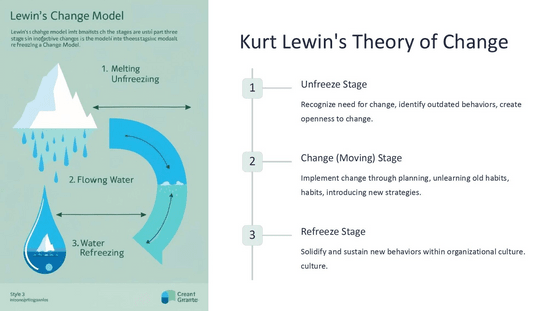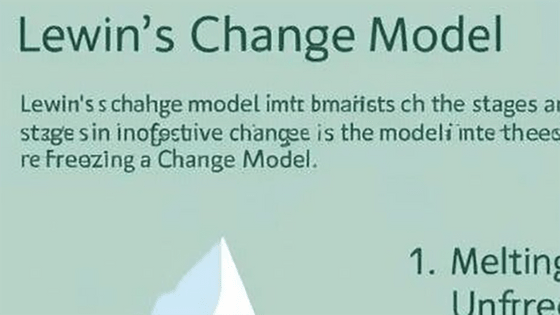Former university student demands refund after professor uses ChatGPT, protests, 'Tell us not to use it'

The use of generative AI in top universities is a sensitive issue, and while university professors and faculty
College Professors Are Using ChatGPT. Some Students Aren't Happy. - The New York Times
https://www.nytimes.com/2025/05/14/technology/chatgpt-college-professors.html
In February 2025, Ella Stapleton, then a student at Northeastern University, found a sentence in her organizational behavior course materials that sounded like a prompt for ChatGPT: 'Please elaborate on all areas. Be more specific and specific.'
When Stapleton dug deeper, he found that the professor's documents contained many telltale signs of generative AI, including distorted letters, photos of office workers with extra body parts in them, and unusual spelling mistakes.
This was deeply frustrating for Stapleton, who paid tuition to receive a top-notch education from a human educator, not to consult a free chatbot — especially in a class where the syllabus explicitly prohibited 'academic misconduct,' including the unauthorized use of AI or chatbots.
'He told us not to use AI, but he was using it himself,' Stapleton said.
Below are images of slides that were actually used as teaching materials at a university.

By Ella Stapleton
If you zoom in on some parts, you can see words that don't exist in English and letters that seem to have been merged with other alphabets.

Many students have written to educational review sites such as Rate My Professors, complaining that their professors are overly reliant on ChatGPT, and that the chatbot's language is frequently used in class.
Meanwhile, educators claim they are using AI chatbots as a tool to better teach. Teachers interviewed by The New York Times said that AI acts as an 'automated assistant' that can ease the burden of overwhelming tasks and save them time.
Educators are divided on whether AI should be used in education and, if so, how far it should go. But Paul Shovlin, a professor of English at Ohio University in Athens, Ohio, believes the use case Stapleton encountered does not violate educational ethics.
According to Shovlin, the academic community has long practiced sourcing content such as lesson plans and case studies from outside publishers, and there is no problem if professors edit the content output by ChatGPT with their own expertise.
'To call a professor who used AI to create slides a monster is a bit ridiculous in my opinion,' Shovlin said.
Shovlin being interviewed by The New York Times.

by Rich-Joseph Facun for The New York Times
Just as AI is rapidly gaining
A 2024 survey of 1,800 higher education faculty found that 18% of them said they were 'frequently using generative AI tools.' Tyton Partners, the consulting group that conducted the survey, said that percentage is nearly doubled in the 2025 survey, which is due to be released in June.
Stapleton filed a complaint with Northeastern University and met with officials from the university several times, but the university ultimately decided that he would not be granted a tuition refund.
Stapleton has asked the university for a refund of his tuition fees.

by Oliver Holmes for The New York Times
Rick Arrowood, a professor of business administration who taught Stapleton's classes, said he deeply regrets the incident. Arrowood, who has been a part-time teacher for nearly 20 years, said he uploaded his class files to ChatGPT, the AI search engine Perplexity, and the AI presentation generation tool Gamma to make them 'look brand new.'
At first glance, the generated materials and slides looked great, but after they were uploaded to the university's system as review material for students, school officials pointed out that there were flaws in the content. Arrowood emphasized that the materials were not used in classroom lectures because the classes were mainly discussion-based.
'In retrospect, I wish I had paid more attention,' Arrowood said. In addition, Arrowood's rating on Rate My Professors is 2.7 out of 5, and 38% of the 16 reviews said they would like to take his class again.
Related Posts:
in Software, Posted by log1l_ks







